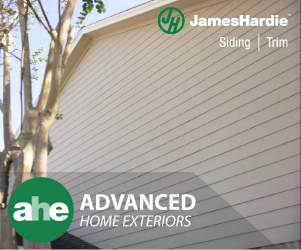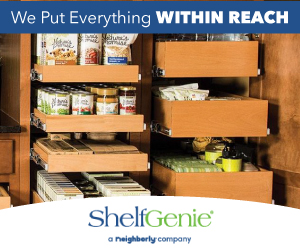Before shingling a roof, you face a battery of challenging decisions. First comes narrowing your choice from a variety of materials. Choices range from asphalt, slate, concrete and clay tiles and, of course, composition shingles. Then, take time to weigh five factors: Product cost, material weight and installation requirements.
Language of shingling a roof
Roofers speak in terms of squares. One square is 100 square feet of area, or a 10-foot by 10-foot square area. A typical 2,000 square foot house has about 1,500 square feet of roof—or, 15 squares.
Pitch is another factor roofers look at. The greater the pitch, or the steeper your roof, the more difficult the project. Likewise, hip roofs with intersecting rooflines add complexity and cost to your project.
The cost of shingling a roof
The material you choose is just the beginning of factors that go into the price of shingling a roof. For instance, what’s the condition of your existing roof?
A typical re-roof involves removing your shingles and underlayment. Then, replacing both. If your roof deck needs repair or replacement, that will add to the cost of your project.
Likewise, if your home has skylights, multiple chimneys, or is broken up with intersecting roofline angles, expect to pay more than a standard gable roof.
Choosing your roof
In some cases, your roof determines the material needed. A flat roof or a low pitch roof demand different materials than one with a steeper pitch. It’s one thing to want a specific roof, but discuss it with your roofer first to make sure it’s appropriate for your roof before getting estimates.
Asphalt Shingles
Chances are most homes in your neighborhood sport an asphalt shingle roof. It’s not only less expensive, it’s easier to maintain and easier to install.
Asphalt shingles start with a fiberglas mesh which is impregnated with asphalt then covered with a surface of sand-like granules.
These shingles are available in a single-thickness, or thicker laminated style. You’ll pay about half as much for single-thickness. You’ll also have to replace your roof again ten to fifteen years sooner.
Laminate Shingles
Laminate shingles offer the durability of asphalt shingles with architectural style. A laminate shingle can be manufactured to look like other shingles but without the high maintenance and hassles.
Typically, you’ll find them in shake patterns, which resemble wooden cedar shakes; decorative shapes such as triangles or rounded corners along the edges; and slate patterns which have lines and veins embossed in the shingle to make them look like stone slate. You will pay extra for these types.
Metal roofing
While considerably more expensive than shingles, metal roofs last longer. Metal roofing comes in both panels and shingles and is most often seen on either low or steep pitched roofs. Some even come with Class A fire ratings.
While there are many metal panel shapes and configurations, metal shingles typically simulate traditional roof coverings, similar to wood shakes or shingles. Aside from lasting longer, metal shingles are lightweight and are more wind resistant.
Tile and Cement roofing
This half-cylinder tile roofing is most commonly found on Mission style homes. While expensive and long lasting, this roofing is extraordinarily heavy. It requires reinforced support beyond that of a shingled roof.
Slate roofing
Slate roofing is the most durable of all roofing. In fact, it will likely outlive the fasteners that hold it in place. That’s why you often see it on colonial-era homes in the northeast. It’s not only heavy, but is also easily the most expensive roofing option.
Watch your warranty
Generally speaking, the more expensive the shingle, the longer the warranty. Warranties are only as good as the company they were made by. Stick with a known manufacturer when shingling a roof. Tom Tynan recommends Ideal Roofing. They’re GAF Master Elite roofers and offer extended warranties not available from other roofers.
Decision time
Usually, your existing roof determines the choice of roofing material for a new roof. But, if you’re considering alternatives like the homeowner in this week’s feature video, be sure to consider cost, color, texture, weight and durability.
Consider also what’s been used on houses like yours and in your neighborhood. It’s a smart choice to vet your selection with your Homeowners Association before committing to a new roof.
































